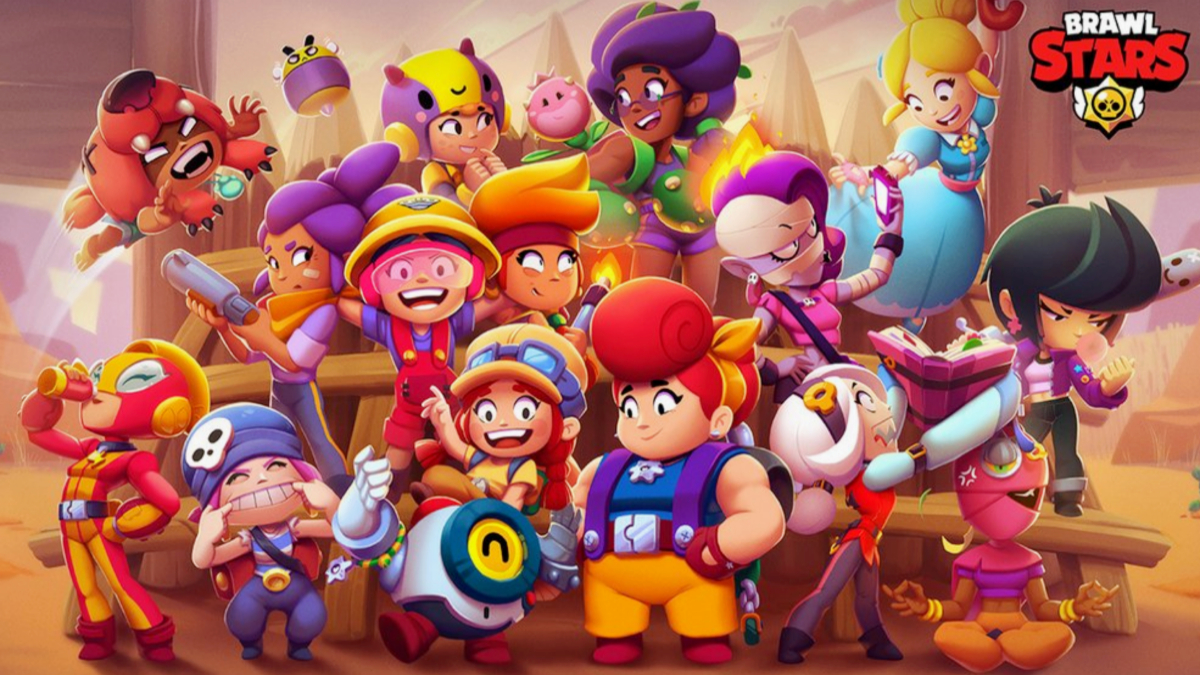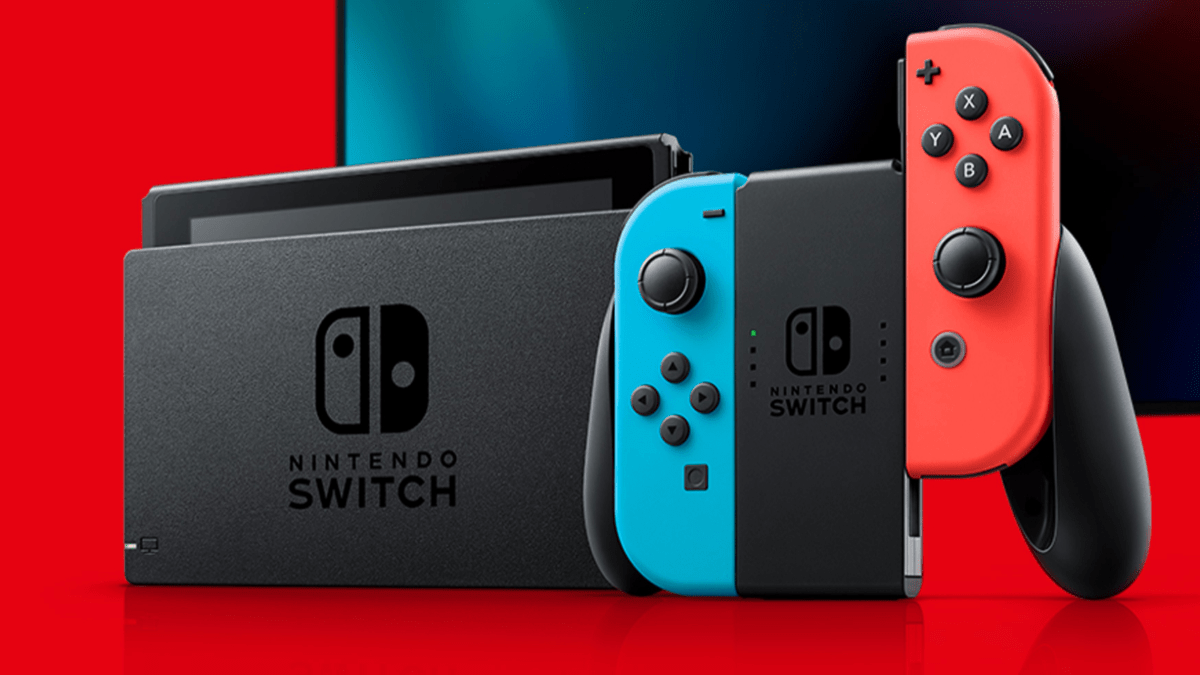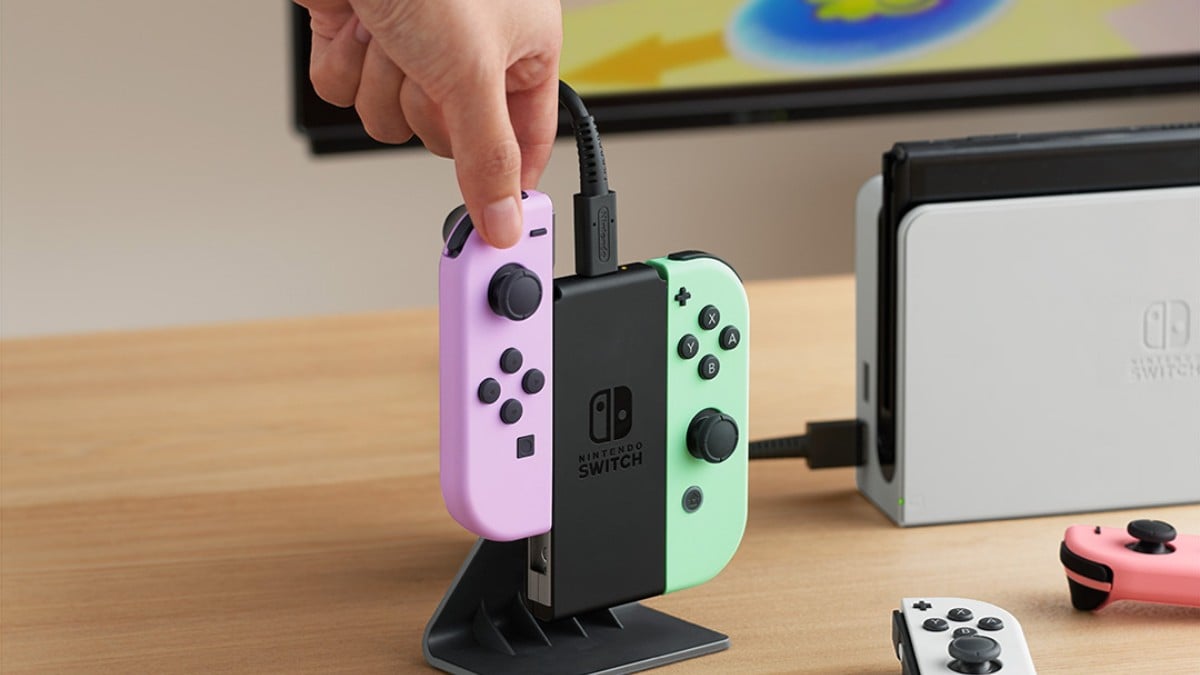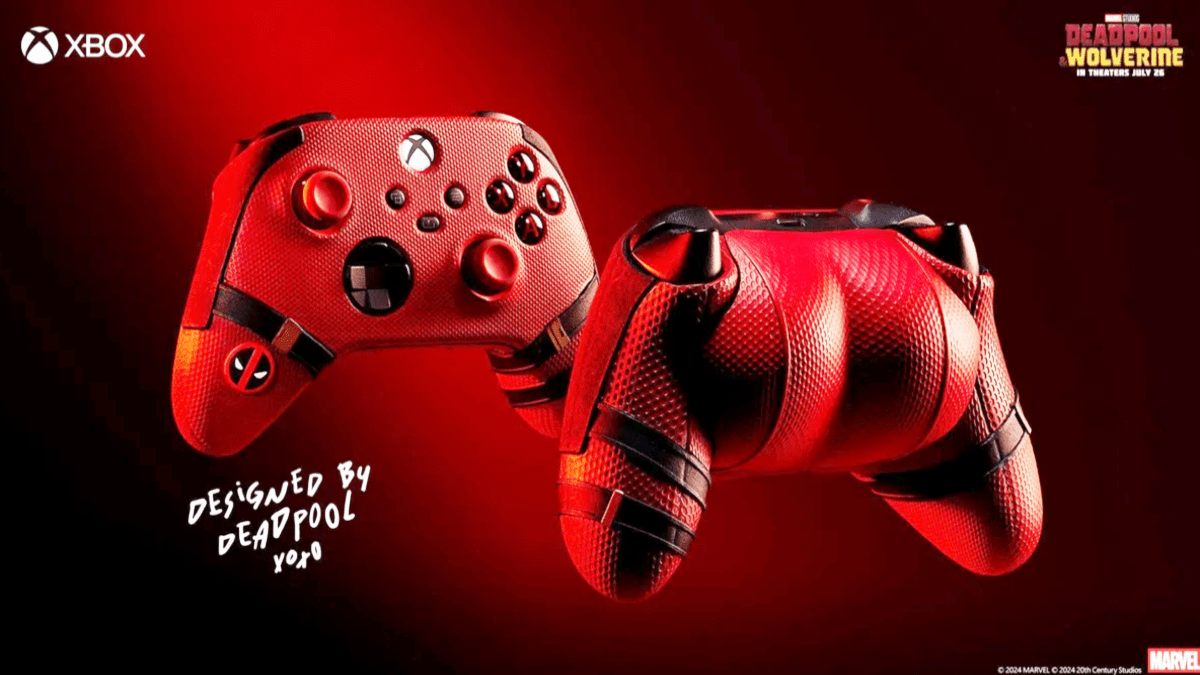“X meets Y” is a useful critical shorthand, but it certainly has its limitations. I was prepared to call CARRION an unholy blend of Metroid, Arkham Asylum, and Saya no Uta, but that would disregard its likeness to ‘Splosion Man and Prototype. As such, while the individual pieces are present elsewhere, their arrangement here is something entirely new. The playable man-eating shoggoth at its core brings sci-fi horror imagery to life with grisly accuracy, which, combined with a quality-over-quantity approach to design, makes for a bloody good time.
First off, it’s remarkable how well the creature controls. Rather than attempt a traditional platforming setup for something that doesn’t have feet or even a standard orientation, the developers have opted for a tentacle-based method of locomotion. Much effort was clearly expended in order to accommodate players’ intuition, and the result is a smooth and suitably freeform movement style that’s fascinating just to engage with. Abilities beyond movement include turning invisible and growing all manner of unpleasant appendages for offensive, defensive, interactive, and uh…consumptive purposes. All of these handle as well as could be hoped, given that it’s all rooted in physics-based flopping.

I mention the controls first because the sensation of CARRION is its best feature. Creeping undetected into a room and snatching a victim away towards one of your four gaping maws while his compatriots’ backs are turned is a scene straight out of the movie monster playbook, and you’re unlikely to find it delivered so well in interactive form elsewhere. Every element reinforces this sensation; mechanical enemies are eliminated by smashing them against walls, and even saving is done by “spreading biomass.” Both stealth and horror usually operate on a tension/release cycle, but the release here is often explosive. By maneuvering correctly, you can often take out a whole room full of squishy humans in an instant blur of viscera. Conversely, if discovered prematurely, you’re likely to enter a mad dash for cover, as the creature is surprisingly susceptible to bullets.
Conventional wisdom states that horror is amplified when its source is unknown, and I believe the developers have tried to translate this into gameplay – hence if your creature is visible, it’s a lot less dangerous. It’s exceedingly clever design, but it leads to a difficulty level that can’t decide on its degree of power fantasy. Surprisingly, puzzle-solving makes up a decent portion of the playtime, and a similar dilemma presents itself there. On the one hand, intelligent monsters tend to be the scariest, so it makes thematic sense that this one is constantly adapting and manipulating its surroundings in order to navigate them better. On the other hand, since it would be weird if Yog-Sothoth spent all day solving the Tower of Hanoi, the puzzles can usually be figured out with one or two glances.

The final area where theme necessarily took precedence over function was graphics. Carrion’s art looks great, but for gameplay purposes, it’s too detailed for its own good. Otherwise, presentation is another strong suit. The soundtrack is anchored by a subdued but memorable main theme, the sounds of the creature are startlingly inhuman, and the setting is structured more logically than most Metroidvanias (possibly because the label barely applies here). For the most part, the story is told with no more detail than it needs, and the subtly horrifying ending hits exactly the right notes. I’m a little unclear as to the purpose of the handful of flashback scenes starring human scientists, however.
I finished CARRION in a single 6-hour sitting in which I also grabbed the small number of hidden extras. To some, that will be a criticism in itself, but the important takeaway is that I was unwilling to break away from it for that entire period. Its stealth, action, and puzzle elements each have some room to grow, but they’re so cohesive with each other that, even if they’d only be moderately engaging individually, they elevate the overall product to greatness anyway.
This review is based on the PC version of the game. A copy was provided by Devolver Digital.








Published: Jul 27, 2020 09:00 am